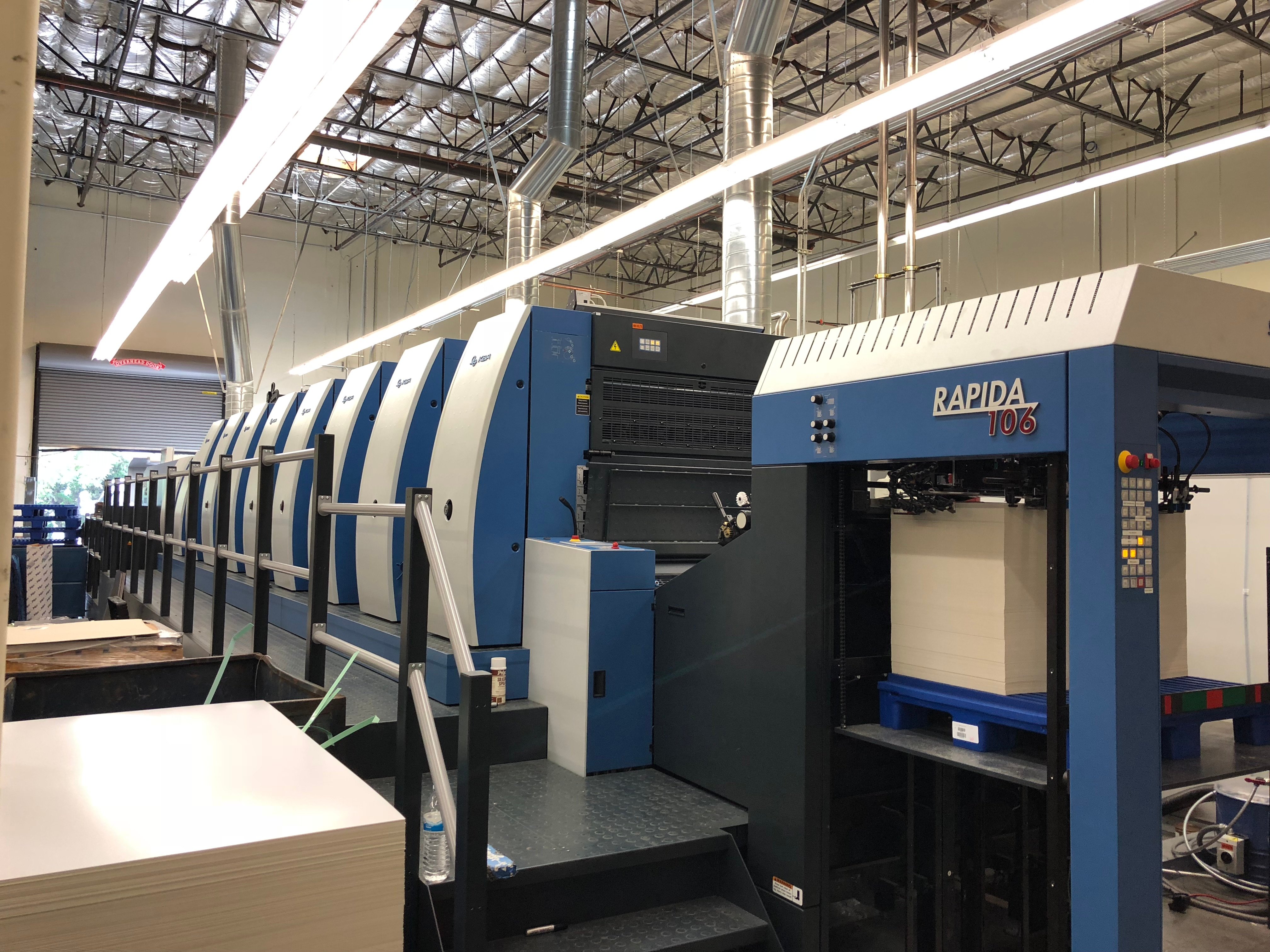Green and Planet-Friendly Options in litho printing
A Comprehensive Overview to Recognizing Litho Printing Methods
The globe of litho printing, a technique stemming from the late 18th century, is a fascinating blend of history, scientific research, art and development. This detailed overview will certainly decipher the complexities of this printing approach, from the composition of litho inks to the obstacles faced in modern-day applications. As we venture right into the details of lithography, the significance of automation and sustainability in ensuring its future relevance becomes increasingly clear. Keep with us as we trip into the captivating realm of litho printing.
The Historic Evolution of Litho Printing
The historic trajectory of litho printing, a crucial advancement in the world of interaction, is an exciting story of human ingenuity. The process progressed with the arrival of the rotating press, which considerably enhanced productivity. Each phase of litho printing's evolution showcases humanity's relentless search of performance and high quality in aesthetic interaction.
Deciphering the Science Behind Litho Printing Inks
Relocating ahead in the exploration of litho printing methods, the focus currently shifts to the scientific research behind litho printing inks. The make-up of these inks, their drying process, and shade mixing techniques create the backbone of this intricate art type. Understanding these components is important to understanding the craft and accomplishing the desired print results.
Make-up of Litho Inks
In lithographic printing, the essential duty of litho inks can not be overstated. Pigments, the color-providing elements, are finely ground bits put on hold in the car, a fluid that carries the pigment onto the printing surface. Each element plays a critical part in the final print's top quality, making the specific formulation of litho inks an elaborate scientific research.
Ink Drying Refine
From the structure of litho inks, attention transforms to the remarkable process of ink drying. Two primary methods are used in litho printing: oxidative drying out and absorption. Absorption, on the various other hand, includes the ink seeping into the paper fibers, which is a quicker procedure but can lead to much less vivid shades.
Color Combining Techniques
While the drying procedure plays an essential role in litho printing, the scientific research of color blending techniques holds equal importance. This is an intricate process that involves the mindful blending of main colors: cyan, magenta, and yellow, in varying proportions to achieve a wide selection of colors. The addition of black ink, recognized as 'essential', aids in regulating the strength and depth of the shades. The scientific research behind litho printing inks likewise takes into consideration the transparency of the ink, which impacts how colors overlay and mix. To accomplish a reliable color mix, print specialists need to additionally comprehend the complexities of ink behavior, color concept, and the physical buildings of the substratum on which the ink is used.
The Art and Layout Components in Litho Printing
Litho printing breathes life right into art and design via its one-of-a-kind components. The procedure entails developing an image on a lithographic sedimentary rock plate or steel plate with a smooth surface. The image is then published onto a medium, generally paper, by transferring the ink from the plate. What collections litho printing apart is its ability to reproduce elaborate layouts with high integrity, making the result virtually identical to the original art work. This is accomplished through the use of different line techniques such as cross-hatching, stippling, and hatching, which allow for a variety of tonal effects. Furthermore, litho printing fits a range of colors, enabling musicians to create vibrant and dynamic prints. This mix of accuracy and convenience makes litho printing a favored option for several artists and designers.
Modern Applications of Litho Printing Techniques
Litho printing methods have actually discovered considerable use in the contemporary commercial market. Its influence and relevance remain to grow with the advent of brand-new innovations and modern technologies in the area. This section will discover these contemporary applications and the transformative duty they play in the printing industry.
Business Litho Printing Makes Use Of
In today's electronic age, one could question about the relevance of conventional printing techniques. Litho printing remains a vital component of the industrial sector. High-volume printing tasks, such as the manufacturing of books, papers, and packaging, count on litho printing for its capacity to provide superior photo high quality and price efficiency. The process, which involves transferring a tattooed photo from a plate onto a rubber covering and after that to the printing surface, supplies unrivaled uniformity. This makes it excellent for work calling for a large print run. Litho printing also offers click site a broad color range, superior to that of digital printing. This makes it the best selection for projects look at here that demand vibrant, top notch color recreation.
Technologies in Litho Printing
Pushing the boundaries of typical techniques, modern-day developments have actually sustained a host of technologies in litho printing. One noticeable growth is digital litho printing, which combines the merits of digital modern technology with litho's top notch output. These advancements emphasize the enduring importance of litho printing in the modern world.
Discovering the Process of Litho Printing: Action by Step

Difficulties and Solutions in Contemporary Litho Printing

Despite the accuracy and tradition that litho printing happily promotes, it is not without its set of modern challenges. The most widespread issues include the high first configuration price, problem in printing variable information, and ecological problems because of chemical usage. Remedies are emerging as technology advances. Digital litho printing enables for affordable brief runs and simple modification, addressing the concern of variable information. Environmentally-friendly inks and much safer plate-making procedures alleviate environmental concerns. Additionally, developments in automation have decreased labor costs, additionally equalizing the lithography procedure. Thus, while there are difficulties, the litho printing market is proactively adapting to meet them head-on, ensuring its relevance in the future.
Conclusion
Finally, litho printing, with its rich history and clinical details, holds a substantial area in the print market. As the overview discloses, it's a synthesis of art and technology, with modern advancements guaranteeing its significance. The market deals with obstacles that call for cutting-edge solutions, with an emphasis on automation and sustainability. The future of litho printing depends upon its capacity to adjust have a peek here to these changing demands, attesting its enduring worth in a developing market.
